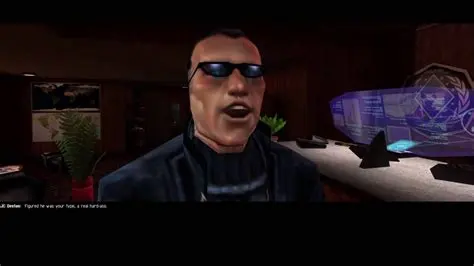For example, theming shouldnt have to be a 10 step process. Make Flatpaks use your themes correctly. Another thing is QT Theming, why is it outside of KDE you can’t use the breeze style? It’s the best and most consistent application style for QT apps. And the final point, when is the naming scheme of org.foo.bar going to be fixed to be the actual name of the package rather than the technical name. Flatpak remove and flatpak install both work without giving the full name, so why doesn’t flatpak run? The naming is the only thing snaps have over flatpak. If nothing is been done how can I contribute?


Yes, Googled a bit and found how to virtualize macOS, the install did the first reboot already. Seems they took inspiration from Scotty from the TOS Enterprise, it suggested 2h50 at first but the minutes are coming down fast.
We’ll see about that graphics accelleration. The laptop doesn’t have a dedicated GPU anyways. Either QEMU/KVM does it or I can pass through half the intel iGPU or it’ll just be slow.
I can empathize with your story about the GUI automation. Sometimes you just need a solution for your problem. If it’s still running more than 10 years later it probably was the right call. Sometimes crazy workarounds stick and do the trick. You can always calculate if buying software/a license or paying someone to come up with a solution is cheaper. 13x12x50.000€ is a good amount of money.
It just gets a bit messy once you’re forced to re-work a hacked together solution in production. But it really depends on the circumstances. I’ve seen old machines that did crazy jobs and broke down or had to be integrated into something else at some point. And then you have an 10 year old operating system you can’t change much on, the employer who cobbled together that solution had long left and the company who initially sold the expensive and specialized software/hardware had changed the product twice in the meantime… Might turn a few of your hair grey, especially if someone absolutely needs to use it on Wednesday, but somehow it usually works out. If it’s tastefully done and documented, everything might be perfectly alright.
Thank you for the Midtown Madness 2 link. I need that, too. Spent quite some time in that blocky version of San Francisco when I was a kid.
I don’t really have a better use case for Windows on my laptop at home. I use it to update stuff like the GPS and probably one or two other things. I moved a few games there after the SSD with Linux on it was filled up.
(Edit: The install is done. You were right, the desktop is totally sluggish and I don’t have any sound. And I skipped the AppleID. I’ve closed it for now. Maybe I can find better settings on the weekend and try to install something on it.)
Assuming you’re a GPU supported by macOS you might be able to get good results by treating with like an hackintosh: https://dortania.github.io/OpenCore-Install-Guide/
I’m not sure how macOS plays with GVT-g / SR-IOV / sharing slices of hardware but this guy says he go it to work https://www.reddit.com/r/VFIO/comments/innriq/successful_macos_catalina_with_intel_gvtg/. I personally never got macOS with GPU acceleration working fine on a VM because my host is NVIDIA and unsupported. However I did have very good results in HP Mini computers running macOS by following the links before.
I believe the hacks work with other games from that time as well as it solves the DirectX and GPU issues nicely without permanente changes to your system.